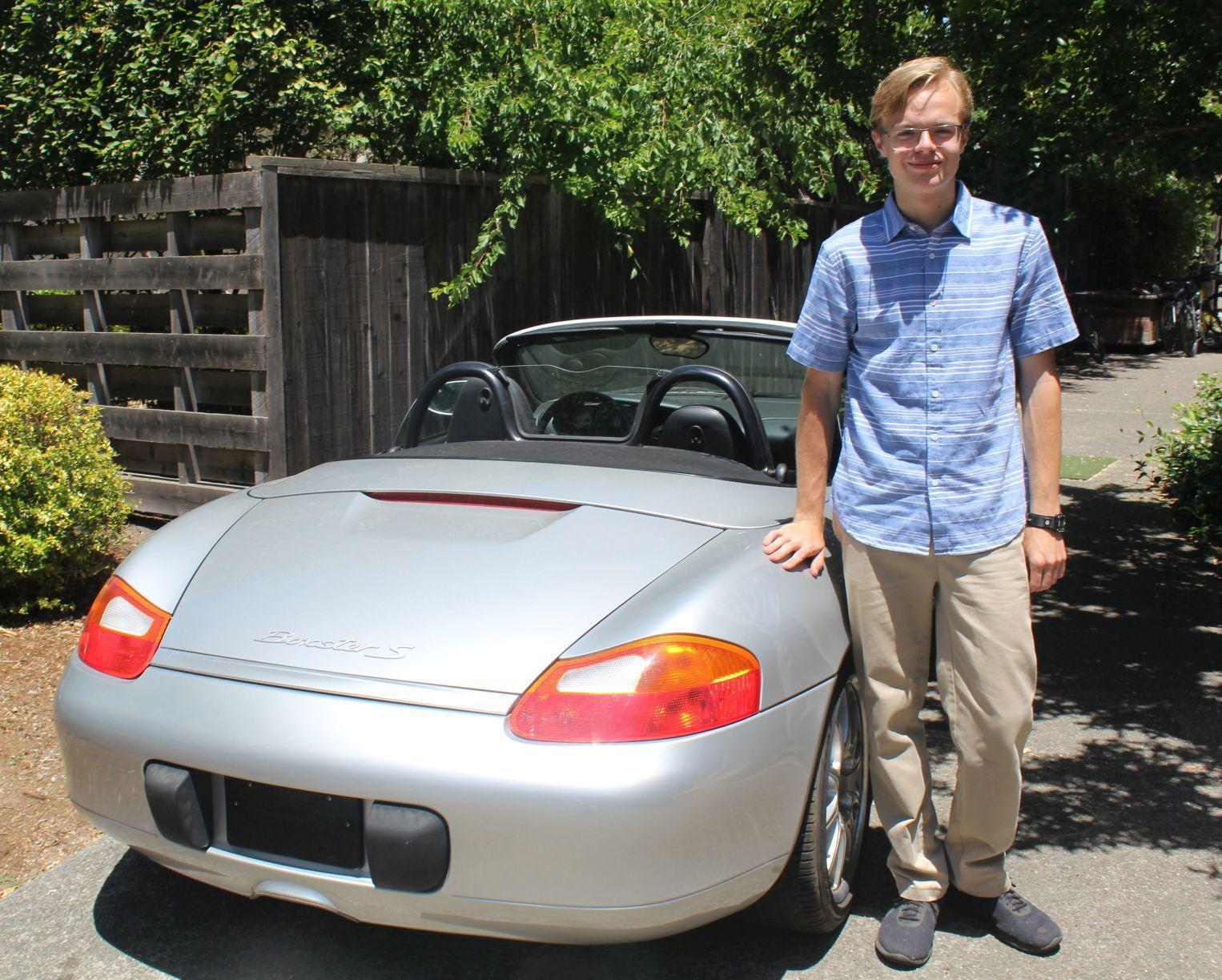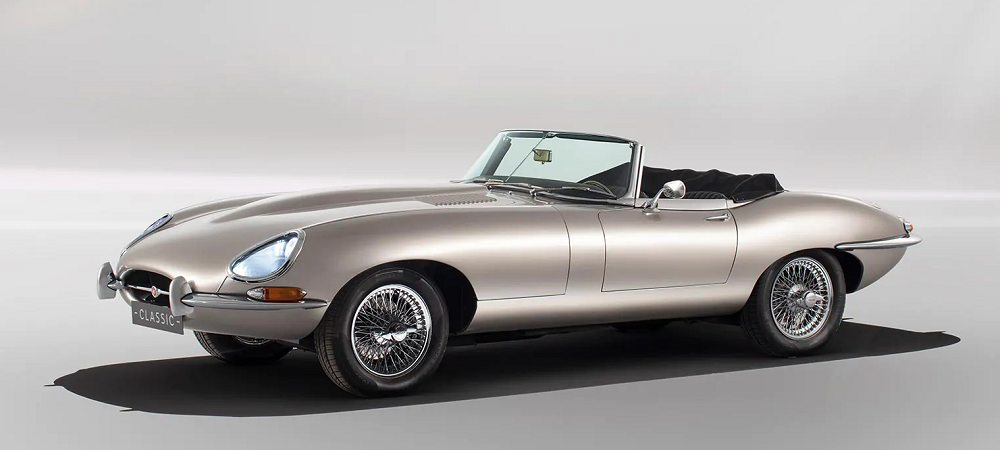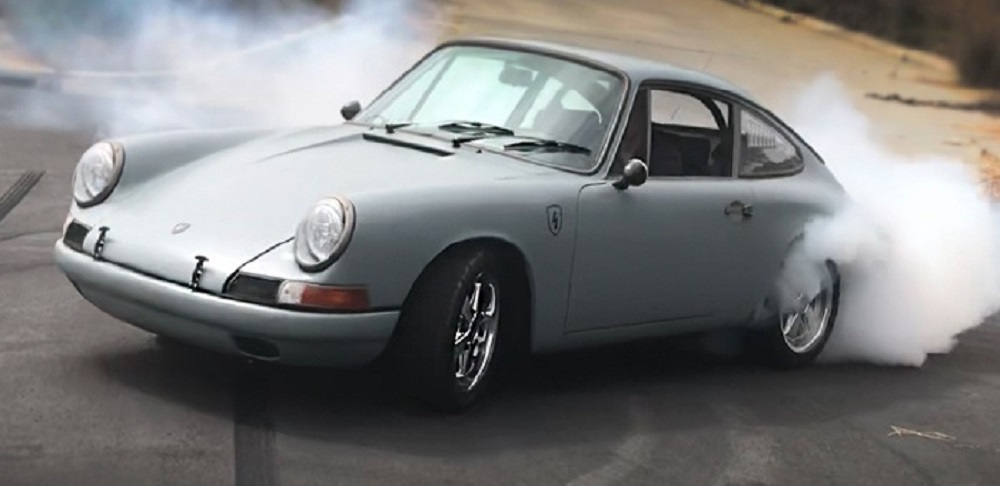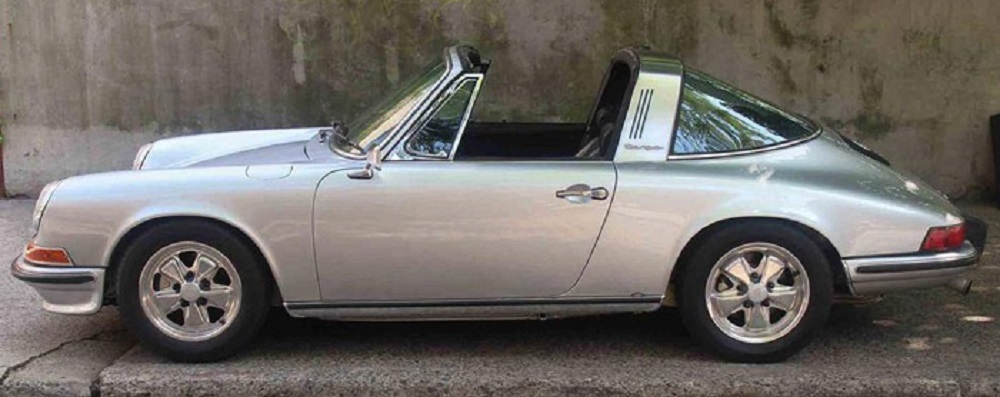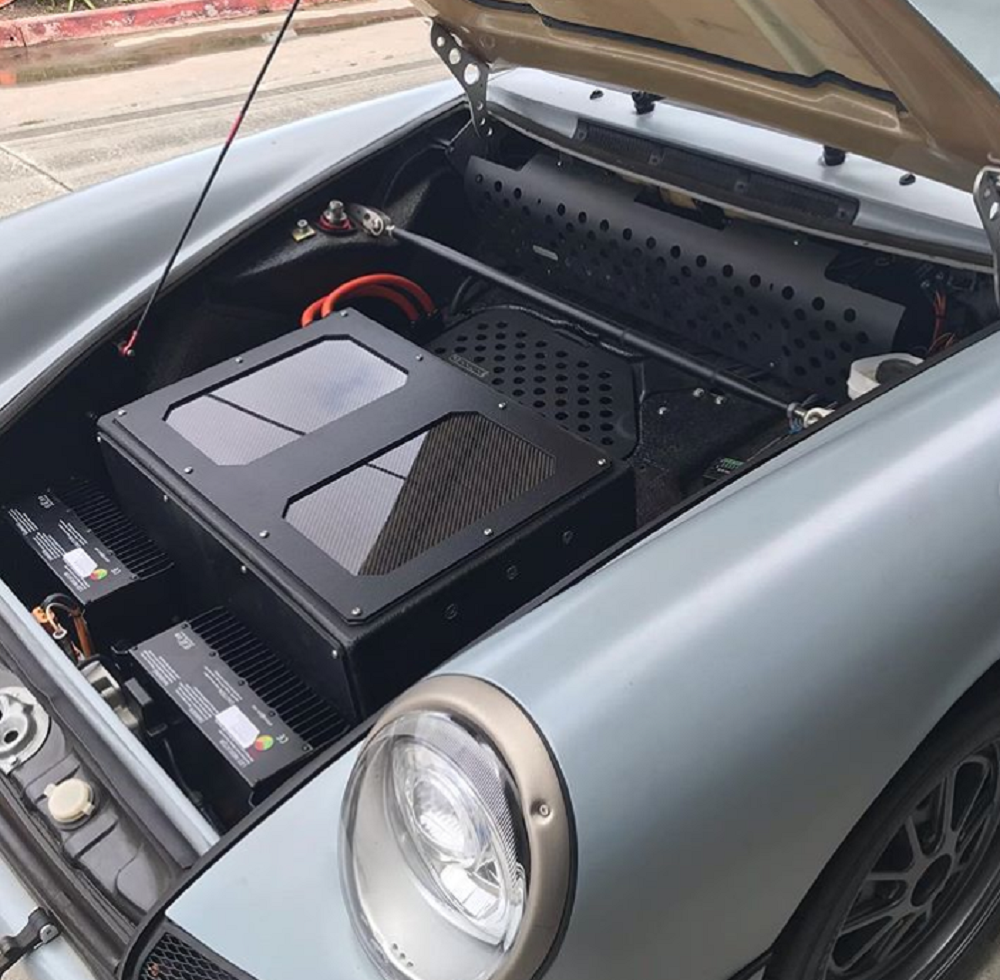Teen’s Porsche Boxster EV Conversion Project Reflects Growing Trend
Removing an internal combustion engine from a classic Porsche isn’t easy, but it’s becoming more popular.
These days, most teenagers are dabbing, playing Fortnite, or simply texting their friends. Issac Kelly might also engage in all three of those activities, but he’s also dabbling in changing the face of the automotive industry on the side. Recently the California teen decided to convert an internal combustion car to a fully-electric vehicle. And not just any car: A 2000 Porsche Boxster S convertible.
The Napa Valley Register talked to Kelly to find out why someone would do such a thing. His answer? It’s a fun car and it was a great learning experience. Enthusiasts were afraid electric cars would signal the end of car culture, but in reality it’s doing precisely the opposite.
Kelly’s bootstrap EV project is the latest endeavor designed to keep classic cars on the road by giving them an entirely new powertrain. Initially a hobby for the mechanically inclined, EV conversion is now officially endorsed at Jaguar, who have fully embraced the concept by launching a program aimed at installing modern electric propulsion systems into the 1961-1975 Jaguar E-Type for anyone who can afford it. And they’re not the only ones.
The Jaguar E-Type Zero uses technology from the company’s first electric vehicle, the I-Pace. A 40 kWh battery is capable of delivering 295 horsepower, and all of the related components are placed exactly where the original engine was located. Beyond some interior updates, the E-Type Zero retains the same suspension and braking setup, and it even preserves the weight distribution of the original model.
Dedicated EV conversion companies have also begun to establish themselves. Zelectric Motors is perhaps the most well known outfit, and their expertise is not limited to one particular model. They specialize in converting various models like the Porsche 356, 911, 912, and 914, among others. Basically, any rear-engine, air-cooled Porsche or Volkswagen. Their powertrains generally deliver about 80-140 miles per charge, depending on the configuration chosen and the peculiarities of the individual model being converted.
As for Kelly, his Boxster EV is no less impressive. He used 92 Nissan Leaf batteries to power his Porsche. That capacity enables the convertible to go 0-60 in about six seconds, and the car can go about 60 miles before it needs to recharge. The Porsche can also recharge at public charging stations.
Creating an entirely new powertrain forced Kelly to construct a number of custom components as well. Kelly and his dad built boxes for the batteries and a frame to hold everything in place, which they connected to the original engine mounts. They also removed the exhaust, clutch, and the original flat-six because they weren’t needed.
The budding EV engineer also did his own coding and programmed most of the Arduino microprocessors in the car. Basically, the 16-year-old created data transmission, battery monitoring, and charging regulation software all by himself. It’s an incredibly impressive feat for someone so young and a positive sign that the next generation is interested in vintage cars.
“It was just fun,” Kelly said. “And, of course, I learned a lot of stuff and was able to apply that knowledge. But mostly it’s fun.”
Kelly’s Boxster EV conversion also compares favorably to the work of Zelectric Motors. With the financial backing of his dad, Kelly spent a total of about $18,000 on the project, which included the purchase of the car itself. Zelectric charges at least $56,000 for an EV conversion. The company spends at least 300 hours on each individual project, while Kelly got his car up and running in about six months. More importantly, they both share a fondness for vintage vehicles.
Throwing out the internal combustion engine of a classic car isn’t a universally accepted trend. But it’s one that is bound to increase in popularity, as the benefits far outweigh the risks. It takes a lot of effort to keep an internal combustion engine running smoothly. And a classic car may require parts that are no longer being manufactured. That simple fact will inspire many classic car owners to consider an EV conversion, especially since these projects do not radically alter the look and feel of the vehicles themselves. Kelly’s Porsche Boxster is a great sign for those wondering if modern internal combustion vehicles could feasibly be converted into functional products.
Car culture is a constantly evolving organism. Baby Boomers coveted their American muscle cars while their offspring developed a fondness for Japanese sports cars. The next generation will be heavily influenced by the explosion in battery powered electric vehicle technology. Fortunately, classic car ownership can coexist with these new developments, and people like Kelly are at the vanguard of a new era. It’s only a matter of time before additional automakers join Jaguar in preserving their heritage with EV conversion programs.
Photos: Napa Valley Register, Jaguar, Zelectric Motors

